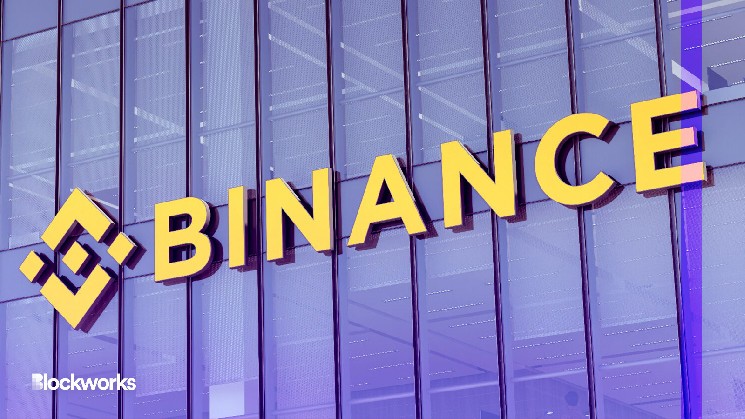Why Binance May Have Been Worth Risk for US Institutions

The CFTC’s crackdown on Binance found US institutions have allegedly been interacting with the exchange, and market research shows liquidity depth may have been the main attraction.
Binance, the world’s largest crypto exchange, long maintained the top spot in terms of trading volume and market share, but institutions may have been drawn to it for another reason: liquidity options.
“Liquidity is paramount in crypto, particularly for institutions that are building or selling large positions or trading frequently,” research analysts at Kaiko wrote in a note. “On this front, Binance again scores well, with spreads 36 times tighter than Binance.US and 8 times tighter than Coinbase as of this writing.”
Binance trading volume has traditionally suggested the majority of traders were in the US, considering US trading hours have been the most bustling times for trades executed on the platform. Year-to-date, 43.4% of Binance’s bitcoin (BTC) trading volume has occurred during hours, just below Coinbase’s 47.5%.
“Unsurprisingly, Binance has the tightest spread for both BTC-USDT and ETH-USDT,” researchers said.
Radix Trading, a Chicago-based firm, identified itself as one of the three entities named in the CFTC’s complaint; “trading firm A,” the Wall Street Journal reported Wednesday. The firm had to use offshore accounts to avoid restrictions, but the trouble could have been worth it, industry members say.
The lawsuit could impact liquidity options for the rest of the market.
“This could negatively impact market liquidity, which is already unusually thin,” said Noelle Acheson, author of Crypto is Macro Now and former head of market insights at Genesis. “The suit mentions a few large US trading desks that have been actively avoiding US regulations when dealing with Binance – these could end up temporarily laying low for a while.”






 Bitcoin
Bitcoin  Ethereum
Ethereum  Tether
Tether  USDC
USDC  TRON
TRON  Dogecoin
Dogecoin  Cardano
Cardano  Bitcoin Cash
Bitcoin Cash  Chainlink
Chainlink  Monero
Monero  LEO Token
LEO Token  Zcash
Zcash  Stellar
Stellar  Litecoin
Litecoin  Hedera
Hedera  Dai
Dai  Cronos
Cronos  Tether Gold
Tether Gold  OKB
OKB  Ethereum Classic
Ethereum Classic  KuCoin
KuCoin  Gate
Gate  Algorand
Algorand  Cosmos Hub
Cosmos Hub  VeChain
VeChain  Tezos
Tezos  TrueUSD
TrueUSD  Dash
Dash  Stacks
Stacks  IOTA
IOTA  Decred
Decred  Basic Attention
Basic Attention  Theta Network
Theta Network  NEO
NEO  Synthetix
Synthetix  Qtum
Qtum  Ravencoin
Ravencoin  DigiByte
DigiByte  0x Protocol
0x Protocol  Nano
Nano  Zilliqa
Zilliqa  Siacoin
Siacoin  Numeraire
Numeraire  Waves
Waves  BUSD
BUSD  Status
Status  Enjin Coin
Enjin Coin  Pax Dollar
Pax Dollar  Ontology
Ontology  Lisk
Lisk  Hive
Hive  Steem
Steem  Huobi
Huobi  OMG Network
OMG Network  NEM
NEM  Bitcoin Gold
Bitcoin Gold  Augur
Augur  HUSD
HUSD